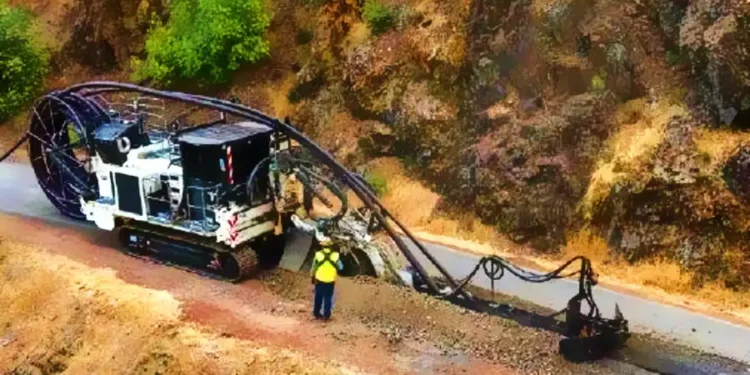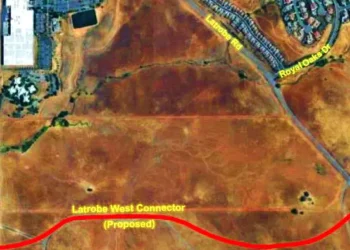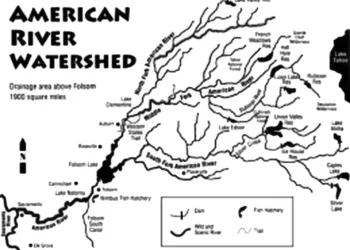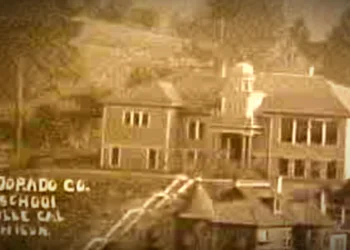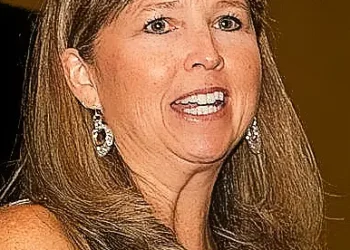By Cris Alarcon, InEDC Writer. (Oct 28, 2025)
Placerville, Calif. — Pacific Gas & Electric Co.’s aggressive program to bury power lines and harden its distribution network across El Dorado County is intended to cut wildfire risk — but the capital cost of that work is a direct driver of higher electricity bills for local customers, regulators and advocates say.
PG&E reports it completed 51 miles of undergrounding and 142 miles of overhead system upgrades in El Dorado County through 2024, and planned to complete roughly 75 miles of additional undergrounding and 55 miles of upgrades in 2025. The utility’s local project pages and maps also show ongoing construction schedules and neighborhood-level forecasts.
How costs move from trenches to bills
Utilities recover major capital spending through regulatory proceedings. PG&E seeks authorization and cost recovery through its General Rate Case (GRC) filings and wildfire-related proceedings — including reviews of its Wildfire Mitigation Plan (WMP). When the California Public Utilities Commission (CPUC) or the Office of Energy Infrastructure Safety approves programs or finds spending “prudent,” those dollars are converted into rate base or surcharges and spread among customers over time — a mechanism that turns undergrounding projects into line items on residential and commercial bills.
Recent CPUC and state reports show regulators have authorized wildfire-mitigation-related costs in recent years and continue to evaluate PG&E’s requests in multi-billion-dollar filings. A CPUC report on utility costs and related regulatory materials explains that decisions on projects such as undergrounding and covered conductor were explicitly part of recent GRC approvals and other regulatory reviews.
Stakeholders push competing messages
PG&E emphasizes safety and long-term reliability. “Undergrounding and system upgrades — improving wildfire safety and reliability in your community,” reads the utility’s El Dorado County project page, which details phases from scoping to post-construction and offers local outreach contacts. PG&E says buried lines dramatically reduce the risk of utility-caused ignitions and lessen reliance on Public Safety Power Shutoffs.
But the state’s Public Advocates Office — the consumer advocate within the CPUC — warns the scale and cost of PG&E’s requests threaten affordability. In an April 2025 commentary the office criticized PG&E’s multiple multi-billion-dollar requests for work and said customers are “shouldering the burden” of higher rates, noting PG&E’s electricity rates rose sharply over the last decade. “Customers are being asked to absorb escalating costs while the utility avoids structural changes that would improve long-term performance and affordability,” the office wrote.
Why some consumer groups object
Critics say undergrounding is expensive — often costing millions per mile in rural and mountainous terrain — and that a mix of solutions (targeted burial, covered conductor, stronger poles, vegetation management) can achieve risk reduction with lower costs. Public Advocates and other ratepayer groups have pushed the CPUC to scrutinize cost-benefit analyses and to limit recovery of sweeping, high-cost programs unless clearly justified. Recent CPUC guidance documents and staff proposals underscore that regulators are balancing wildfire risk reduction against affordability, and sometimes approving portions of PG&E’s plans while trimming others.
Local consequence: what El Dorado customers should expect
For customers in El Dorado County, the practical effect is higher rates when large mitigation programs are approved — though the exact monthly impact varies with which costs the CPUC permits, how they are amortized, and whether the commission orders surcharges or spreads costs system-wide. PG&E’s ongoing construction schedules — accessible via local maps and project PDFs — mean residents will continue to see crews, traffic controls and occasional planned outages as projects move forward.
What to watch next
Residents who want to follow the financial and safety tradeoffs should monitor: (1) PG&E’s current GRC filings and WMP updates, (2) CPUC proposed and final decisions tied to recovery of wildfire mitigation costs, and (3) consumer-advocate filings and public comment periods. The CPUC has public participation hearings and posts proposed decisions and fact sheets on its website; the Public Advocates Office posts commentary and analysis of rate impacts.
“Residents want safe power, but they also want bills they can afford,”
said a spokesperson for the Public Advocates Office in published commentary.
“The focus should be on delivering results — not approving unchecked new spending.”
—
Sources: Pacific Gas & Electric Co. (El Dorado undergrounding and maps); California Public Utilities Commission reports and staff documents; California Public Advocates Office commentary. Links to key public documents and maps are available from PG&E’s El Dorado County project page and the CPUC’s public docket pages.

